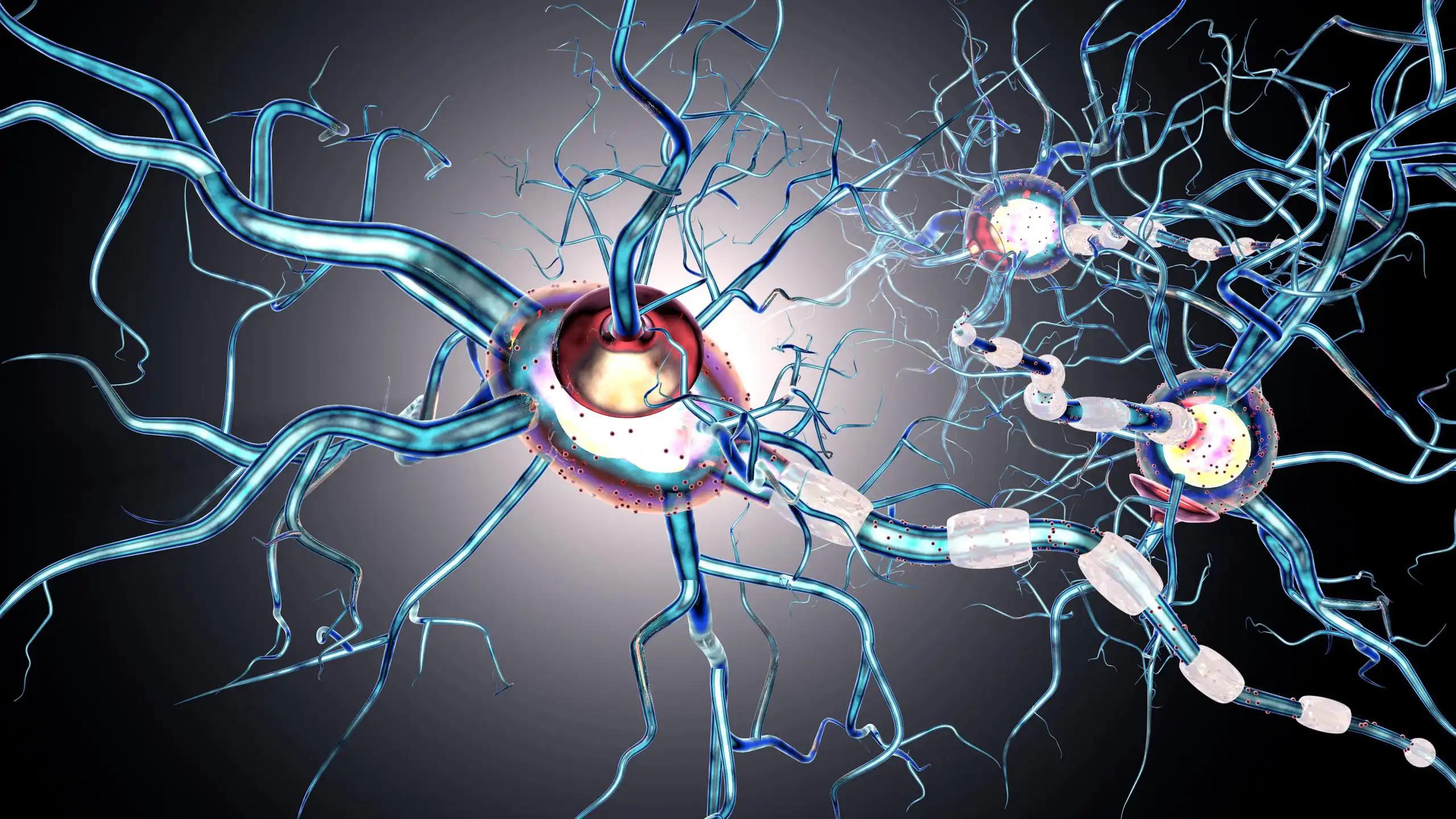KEY TAKEAWAYS
- The phase 3 ClarIDHy trial aimed to identify histological features associated with IDH1 mutation status in CCA tumors utilizing machine-learning models.
- GI pathologists annotated whole slide images of CCA tumor samples to detect and measure over 500 distinct humans.
- The multivariate model based on HIF could differentiate between IDH1-mutated and wild-type CCA with an area under the curve (AUC) of 0.83 and a 95% CI of 0.74-0.92.
- Pre-treatment IDH1m cholangiocarcinoma samples exhibited a colder tumor microenvironment than IDH1 WT, indicating immunosuppression.
- The association of an immunosuppressive tumor microenvironment with early progression suggests the potential benefit of combining immune checkpoint inhibitors.
Mutations in somatic isocitrate dehydrogenase 1 (IDH1m) result in the conversion of α-ketoglutarate to the oncogenic metabolite R-2-hydroxyglutarate (2-HG). IDH1m has been identified in roughly 13% of intrahepatic cholangiocarcinoma (CCA) cases. Ivosidenib, an orally administered inhibitor of the isocitrate dehydrogenase 1 mutant protein, effectively inhibits 2-hydroxyglutarate and restores immune response in cholangiocarcinoma. Pre-treatment samples were subjected to analysis, utilizing machine learning models to quantify histologic features of the cholangiocarcinoma tumor microenvironment. This enabled the identification of correlates of IDH1 mutation status, early disease progression (patients who experienced progression or death within 1.54 months), and plasma 2-hydroxyglutarate (2-HG) levels (median, 630 ng/ml).
A cohort of H&E images obtained from ClarIDHy, a phase 3 placebo-controlled clinical trial of ivosidenib in IDH1m CCA, were partitioned into training/validation (n=200) and test sets to facilitate model development. GI pathologists annotated whole slide images to detect and measure over 500 distinct human interpretable features (HIFs). These features encompass cellular (such as cancer cells, lymphocytes, macrophages, plasma cells, and fibroblasts) and tissue-level (such as cancer epithelium, stroma, and necrosis) characteristics. Using IDH1m and wild-type (WT) screening samples, multivariate logistic regression models were developed to forecast IDH1m status. The statistical significance of the data was determined by computing p-values using univariate logistic regression. The false discovery rate (FDR) was adjusted to account for multiple comparisons. A multivariate model based on HIF was utilized to differentiate between IDH1-mutated and wild-type cholangiocarcinoma (CCA) with an area under the curve (AUC) of 0.83 and a 95% confidence interval (CI) of 0.74-0.92.
The presence of IDH1m was observed to have a statistically significant association with a decreased proportion of lymphocytes throughout the tumor (OR, 0.64; P<0.01; FDR P=0.022), an increased proportion of fibroblasts (OR, 1.8; P<0.01; FDR P=0.023), and a decreased proportion of plasma cells in the stroma (OR, 0.68; P<0.01; FDR P=0.032). In a particular subset of samples, decreased patterns of T-lymphocyte infiltration in IDH1m (n=5) samples were revealed compared to IDH1 WT (n=19) samples. The preliminary advancement of the ailment among the ClarIDHy participants (ivosidenib n=61, placebo n=38) was linked to a more significant percentage of macrophages (odds ratio [OR], 1.70; P<0.01; false discovery rate [FDR] P=0.08) and a reduced percentage of tumor-infiltrating lymphocytes (OR, 0.63; P<0.01; FDR P=0.08).
After adjusting for the treatment effect, the correlation between the percentage of lymphocytes present in the tumor and improved progression-free survival (PFS) remained statistically significant (P=0.011). Following previously reported findings, elevated levels of 2-hydroxyglutarate (2-HG) were observed to be linked with reduced counts of tumor-infiltrating lymphocytes (odds ratio [OR], 0.63; P=0.011; false discovery rate [FDR] P=0.08) (figure 2B). Based on the quantitative histologic evaluation, it has been observed that pre-treatment IDH1m cholangiocarcinoma samples exhibit a tumor microenvironment that is comparatively less conducive to growth as compared to IDH1 WT CCA. The presence of an immunosuppressive tumor microenvironment is linked to early progression. The findings from this analysis provide evidence for further investigation into the potential benefits of combining with immune checkpoint inhibitors.
Source:https://jitc.bmj.com/content/10/Suppl_2/A576
Clinical Trial: https://clinicaltrials.gov/ct2/show/NCT02989857
Saatcioglu, H. D., Valle, J., Macarulla, T., Javle, M., Oh, D.-Y., Goyal, L., Conway, J., Iyer, J., Najdawi, F., Shah, C., Gliser, C., Pandya, S., Daigle, S., Abou-Alfa, G., & Kelley, R. (2022). 552 Characteristics of the tumor microenvironment in IDH1-mutated cholangiocarcinoma patients from ClarIDHy trial. Journal for ImmunoTherapy of Cancer, 10(Suppl 2). https://doi.org/10.1136/jitc-2022-SITC2022.0552



